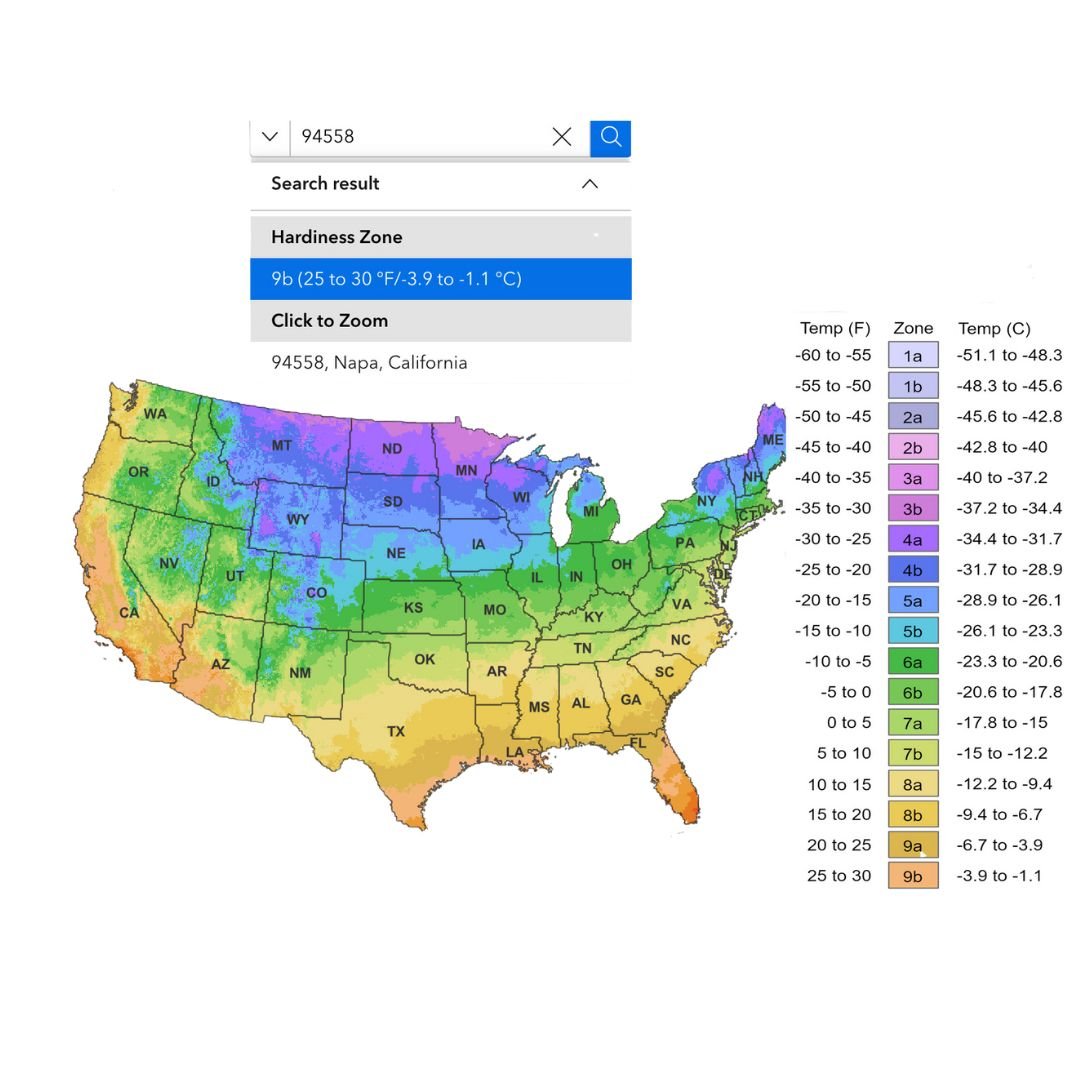Seeds to Sow in December
Temperatures are now dipping to near freezing a night, triggering a light freeze or hoar frost that could damage delicate plants.
December sends natural signals for us to wrap ourselves in its aspects of warmth; gratitude; family and friends; and dimly lit, twinkling lights. Our minds, hands, and bodies benefit from storing and cooking calorie-dense foods from fall harvests now; drying and storing seeds; and creating medicine from berries, herbs, leaves, spices, roots, and petals. Charmed by a fire, candlelight, or a warm drink, we can browse garden catalogs and imagine spring. Take time to reflect on the growing season you tended and remind yourself how gardening affected your well-being.
In December, we also experience a significant chill in the air and see our first frosts. Temperatures are now dipping to near freezing a night, triggering a light freeze or hoar frost that could damage delicate plants. If you got garlic and wildflowers in the ground already, you’re golden: these and other plants benefit from cold stratification during winter—they need a period of time buried in cold soil during winter so they pop up easily as the soil warms through the wet season into spring.
Depending on what you planted, any temperature extremes inhibit plant growth. Temperatures between 36 and 32 degrees Fahrenheit warrant a frost advisory, and three specific ranges of temperatures have different effects on outdoor plants. You may be asking: How does the rainy, colder winter season affect ornamental plants and veggies? Which ones are cold tolerant, and how can you protect those that aren’t? Let’s review:
Light freeze: 29-32 degrees F. – Kills tender plants.
Moderate freeze: 25-28 degrees F. – Destructive to most types of vegetation.
Severe freeze: 24 degrees F and below. – Most plants are severely damaged or destroyed in these conditions.
USDA Hardiness Zone Map, 2023 Update
The USDA released its updated hardiness zone map in 2023, and Napa County’s designation didn’t change. We’re still placed in Zone 9b, but areas of the midwest shifted to warmer-designated zones, indicating that climate is still changing. The average minimum winter temperature for Zone 9b is 25 to 30 degrees Fahrenheit.
Ways to protect outdoor plants during winter in Zone 9b are with a good 2- to 4-inch layer of mulch to cover the soil around the plant base like straw, wood chips, or leaves.Mulch suppresses weeds, enriches the soil with nutrients, regulates soil temperature, improves moisture retention, prevents soil erosion. In essence, mulch suppresses the growth of unwanted weeds while enriching the soil, allowing plants to thrive.
You can also protect them with coverings like burlap, fleece, bed sheets, tarps, drop cloths, bubble wrap, or a string of lights. Use a cold frame If you have one: it’s a portable mini greenhouse to winterize your plants. Improvise by making a temporary cover like a cloche using a clear plastic dome. Recycle large gallon bottles for this hack.
Be sure to secure all coverings but not so tightly that they squish your plants; allow them room to fan out as they would naturally if unprotected. You’ll know if frost killed your plants when when look wilted then turn black or brown and eventually dry out. They’ll eventually become brittle because the roots don’t take up water any longer.
If you’re in doubt, or don’t want to get caught by a late season frost – the best option is to take a little time to protect your plants using the methods above. Check out the list above that identifies sensitive and hardy outdoor plants that you’ll want to watch. Remember, resist the urge to speed up this winter. Instead, observe, reflect, and slow down.









